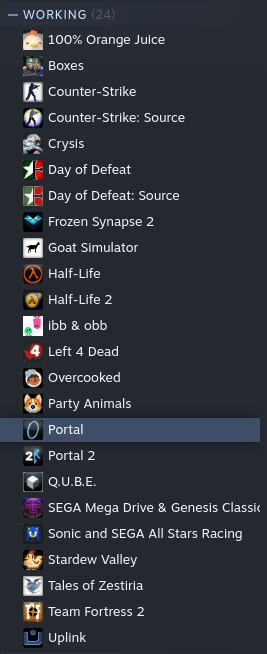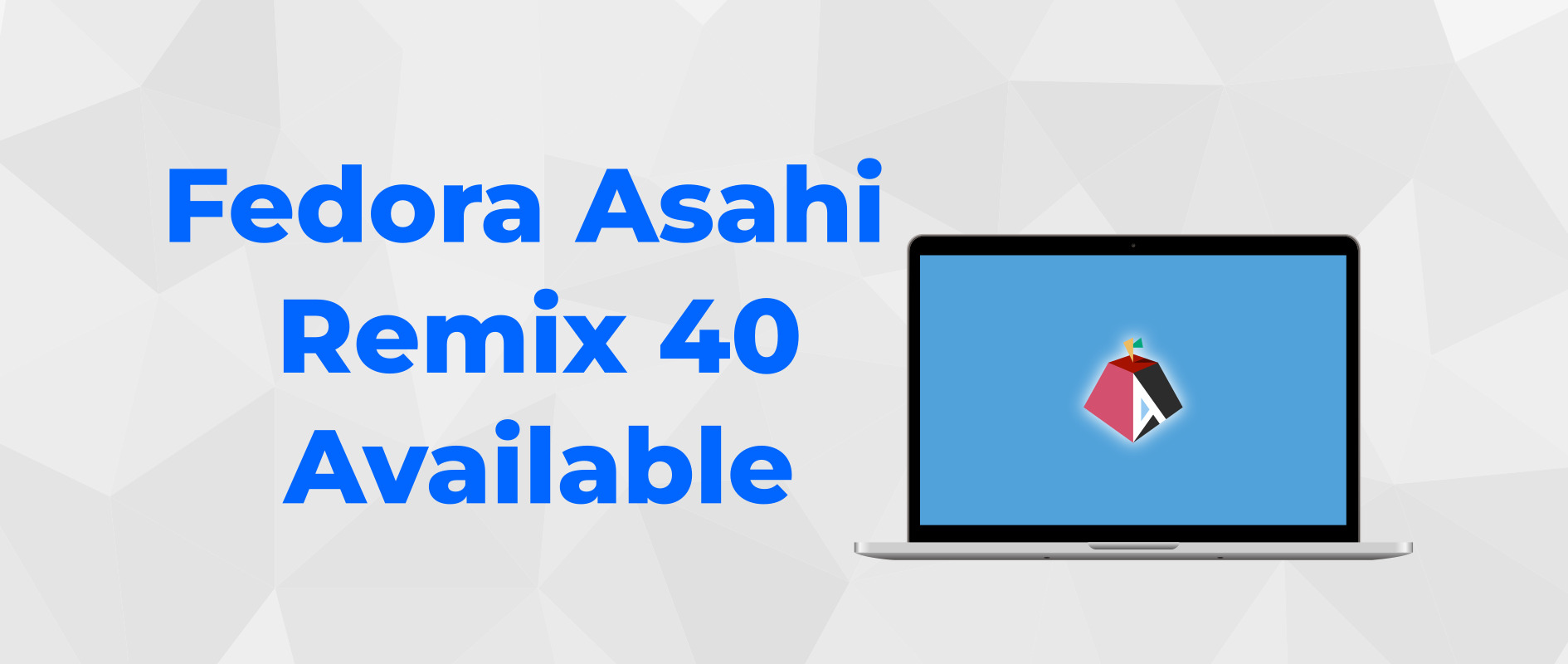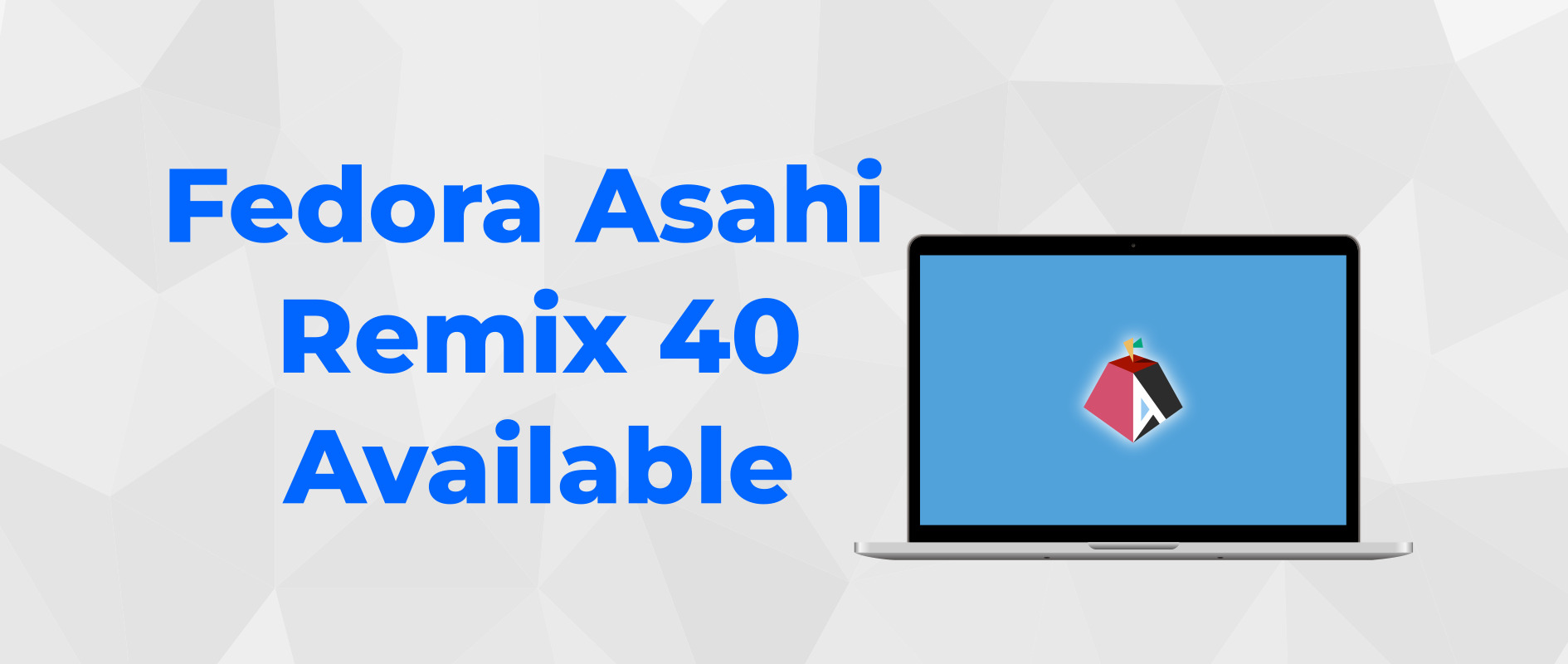I use it everyday. Got it with Gnome, which is very mac-y but think ultra-zen, minimalist, early macos style. Also with the spinning cube and the wobbly windows, I just can live without these very important productivity addons.
YMMV but for my use case it just works, period - and my use case isn’t light-browsing-casual-text-editing but multitrack mixing with Ardour over Pipewire and some video editing on kdenlive. Oh and we’ve got steam games now lol, I just started Portal (unavailable on Mac haha) for 0.99!
Good thing about Asahi is that it is dualboot by nature, you won’t loose your macos partition for that pesky proprietary app (fuck u Qlab)
Try it out, you’ll love it if nothing specific arm64-related gets in your way. Software availability is great, there’s Ftapak of course for more stuff… It works and is painless to try out.
The Air macs are the best: light, thin, with awesome batteries. The only words of warning are about the reboot mid-process during install: Mac laptops tend to boot on any keystroke, lid movement anything so be sure to not touch anything & just long-press the power button 'til the appropriate screen shows up. That’s all there is to it, the only risky moment. Just (long-)press that button.














Ultra-specific: soundtracks for theatre plays. I’m happy with the available vst’s, but I am not a musician, I don’t play instruments - I record people or I rip stuff & work from there. That said it means multi-band comps, tube-like preamps, parametric eqs, de-essers, echo/delays etc… It’s OK really.
Maybe all this is a bit like photoshop vs gimp: I mostly only ever used Ardour since forever and I cannot compare / suffer / get my workflow irremediably blocked because it doesn’t work for me like I expect it to.
Ardour is really a powerhouse now, and with the Pipewire audio stack, switching inputs or monitoring in every which way is just a breeze.
There’s tons of Linux musicians advice out there, including on, ahem, reddit. Yeah I know.
Now that we have Steam on Asahi my macos partition gonna get shrinked to minimal functional lol.